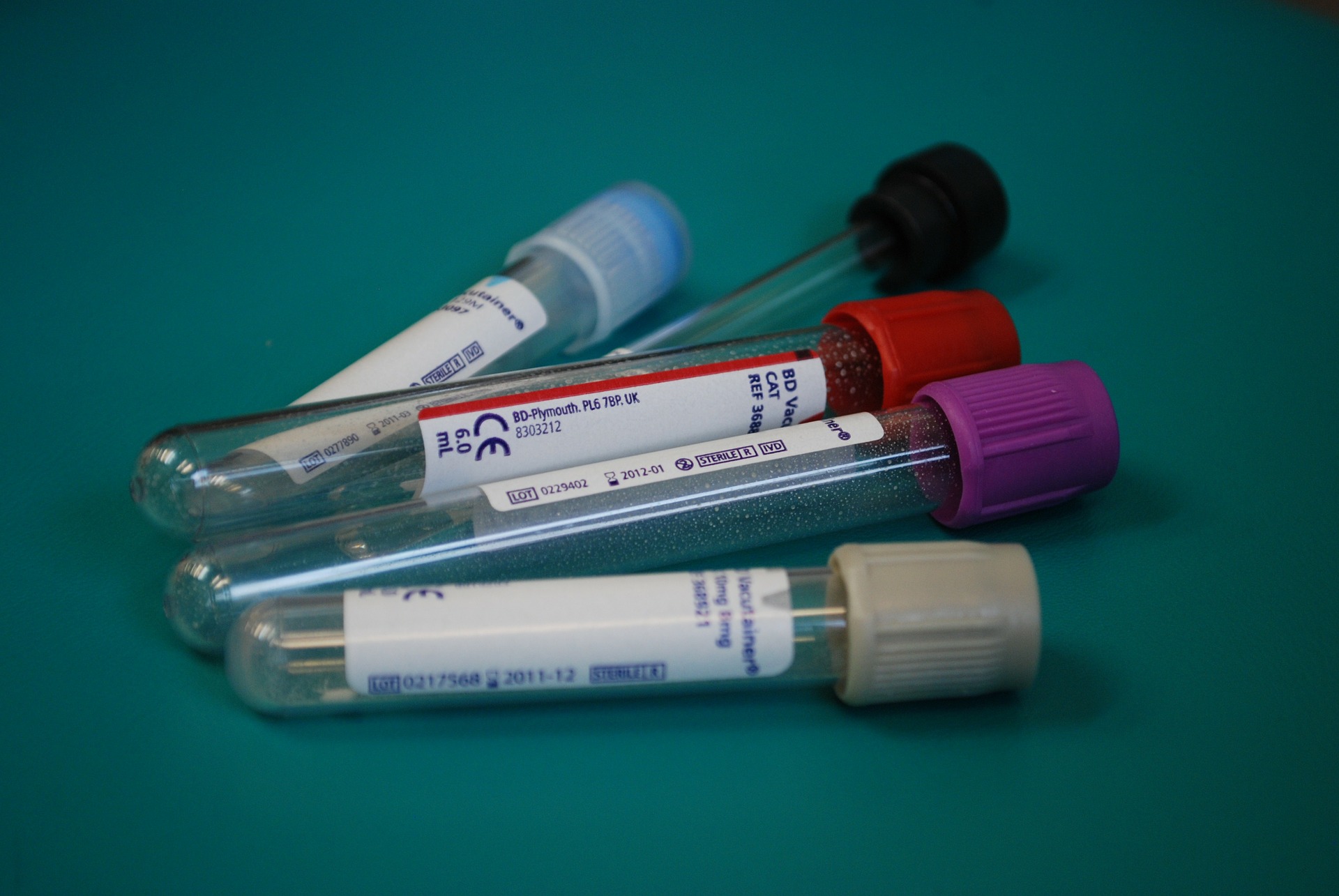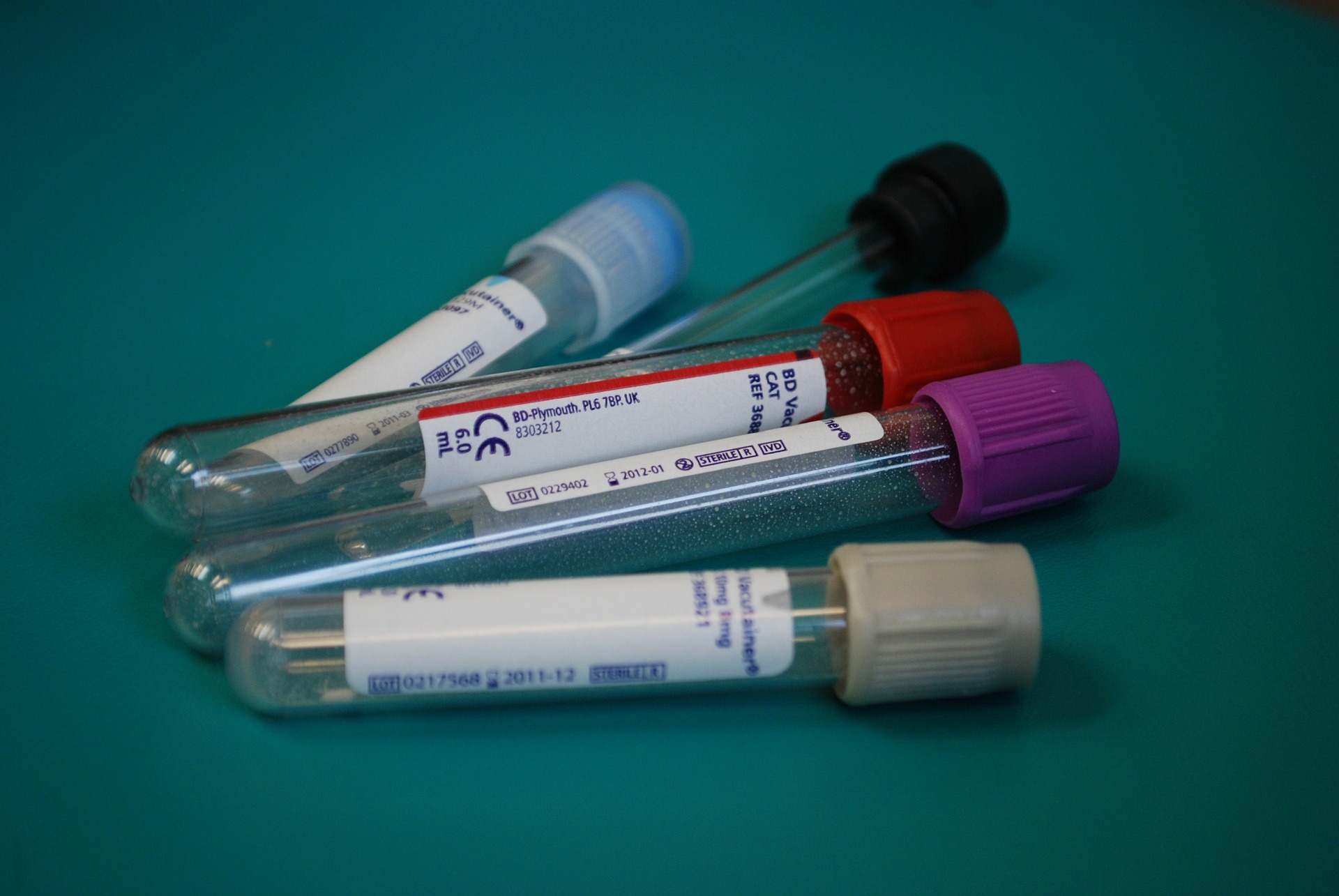
Image credit: Synthetic Urine Review
When a serious medical condition goes without suitable treatment, the FDA offers four programs to fast-track potential drugs through the development and review stages:
• Fast-track
• Breakthrough therapy
• Accelerated approval, and
• Priority review
As we’ve learned from working with clients over the years, deciding which program is best suited for a potential product isn’t always easy. That’s why we work closely with you and your product to determine which program offers the best path forward depending on how your data satisfies the requirements of each.
To clarify an otherwise complex decision-making process, we’ve discussed the basics of choosing the right expedited FDA approval process below.
What is a “serious condition?”
“Serious conditions” in this case are defined as:
“a disease or condition associated with morbidity that has substantial impact on day-to-day functioning. Short-lived and self-limiting morbidity will usually not be sufficient, but the morbidity need not be irreversible if it is persistent or recurrent. “
In addition,
"all conditions meeting the definition of life-threatening would also be serious conditions.”
What is an “unmet need?”
Officially, unmet need is:
"a condition whose treatment or diagnosis is not addressed adequately by available therapy.”
However, there are conditions that satisfy an unmet need even when existing therapies do exist.
If there is another therapy currently available, a product may still qualify if it meets one of the following criteria:
- It affects an untreated serious outcome of the condition
- It shows improvement on a serious outcome
- It helps patients with serious outcomes who can’t be treated with existing therapies
- It can be used with other agents that can’t be combined with an existing therapy
- It provides comparable safety and efficacy to an existing therapy by avoiding serious side effects or having an additional documented benefit.
A drug may also qualify for meeting an unmet need when the only available existing therapy was also approved under expedited approval but the clinical benefit hasn’t been verified afterward.
Choosing the right program to pursue
The confusion around the FDA’s expedited approval programs mostly stems from the apparent similarities to each other at first glance. Without diving too far into specifics, we’ve summarized the most important points and highlighted the key differences of each program:
Fast track
The fast track program is granted based on preliminary data including:
• Activity in a nonclinical model
• Pharmacological data, or
• Mechanistic rationale
Therapies only need to show the potential to address an unmet medical need. Those seeking fast track approval will need to meet frequently with the FDA, engage in ongoing written communication, and rolling review—a process that allows the FDA to review the NDA before it’s finalized.
Breakthrough
Breakthrough programs are in many ways a more thorough fast track process.
Rather than base decisions on preliminary data alone, it requires preliminary clinical data. Nonclinical models and rationales alone are not enough.
The breakthrough program therapies are given comprehensive guidance to direct developers toward the most efficient path forward from senior managers.
Accelerated Approval
Unlike the other programs, accelerated approval isn’t a designation, but rather an approval pathway. This means it’s possible to use an endpoint reasonably likely to predict a clinical benefit or an intermediate clinical endpoint measurable earlier than irreversible morbidity or mortality.
It’s important to note that sponsors are required to conduct clinical trials after the drug is approved in order to confirm clinical benefit. Until this happens, the special language must be included on labeling to indicate that the drug hasn’t yet been shown to have clinical benefit.
Priority Review
Priority reviews are requested by the sponsor along with an initial NDA submission, which typically carries a 6-month goal date rather than a 10-month goal date. In order to qualify, sponsors must show the Agency that if approved, the drug would significantly improve the in safety or effectiveness of the treatment, prevention or diagnosis of a specific serious condition.
While these programs offer huge benefits to those who can take advantage of them, there are details which require the help of an experienced FDA consultant familiar with these programs in-depth. All prospective sponsors should review the guidance carefully before moving forward.
Want to learn more about the drug application process? Click here to grab our whitepaper: New Drug Applications: What You Should Know

